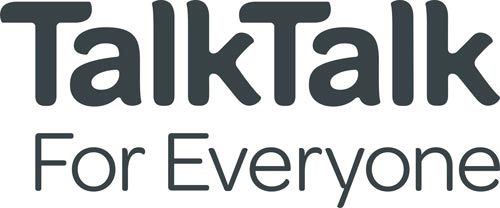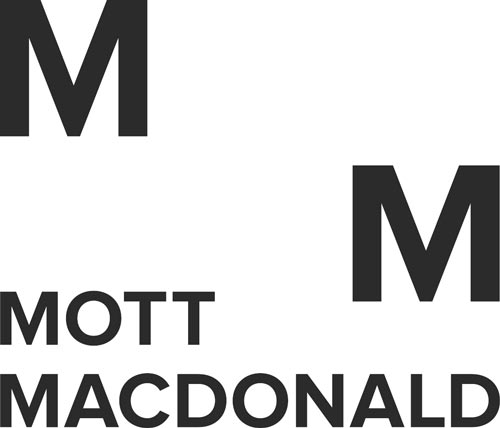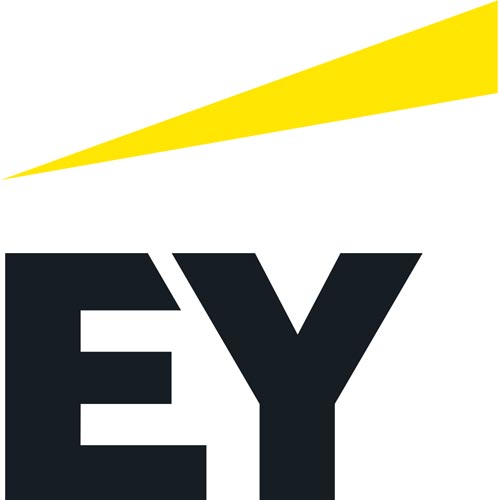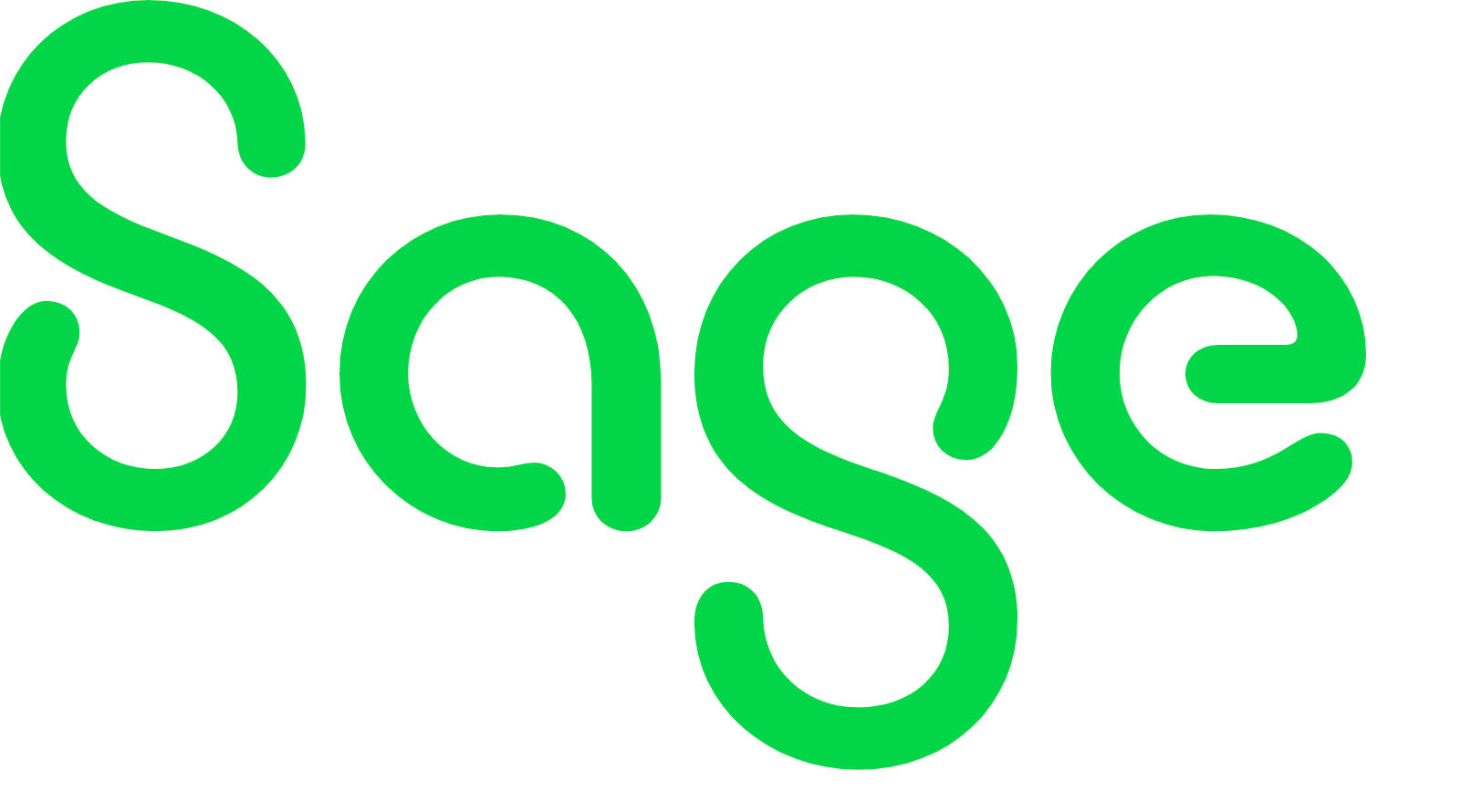North-South education divide widens at GCSE and A-Level
25.08.22
The attainment gap between north and south is growing both at GCSE and A-Level, with education and business leaders warning this is having a lasting impact on our economy and our ability to bring opportunity to young people from all backgrounds.
This week, our Chief Executive Henri Murison, CEO of northern education charity SHINE Fiona Spellman and Director of Schools North East Chris Zarraga wrote a joint letter to prospective leadership candidates Rishi Sunak and Liz Truss to urge them to take action on the issue.
The proportion of GCSE results at Grade 7 or above in the North East and Yorkshire and Humber was 22.4%. In London it was 32.6%.
GCSE Results: % of results at Grade 7 or above

At A-Level, the gap between the North East and South East (the highest performing region in 2019 and 2022) has widened from 5.3% to 8.7%. The region saw the smallest number of students achieving A* and A grades in the country, with a total of 30.8% achieving those grades, compared with 39.5% in the South East.
A-Level Results: % of results at A and above

A ‘triple whammy’
This is not all that surprising when we consider the triple whammy of factors that will have had an impact on this attainment gap – existing long-term disadvantage, learning loss during COVID and DfE failures in catch up and the National Tutoring Programme – all of which affect the North of England disproportionately.
Research shows that the intersection between long-term deprivation and certain ethnic groups, including White and Black Caribbean, is the strongest predictor of low attainment. Analysis from the Northern Powerhouse Partnership and FFT Education Datalab last year found that 10.1% of pupils in the North East were found to fall into these high-impact groups – double the national average. The North West was found to have the second highest proportion of these children, with 7.3%, followed by Yorkshire and the Humber with 6%. In contrast, just 2.8 per cent of pupils in Outer London were found to be long-term disadvantaged and also in the high impact group.
We also know that the impact of deep-seated disadvantage on education has been exacerbated by the disproportionate learning loss felt during the COVID-19 pandemic. Research from FFT Education Datalab highlighted that pupils in the North East missed 15.3% of lessons in academic year 2020/21 and the autumn term 2021/22, compared with 11.6% of lessons lost in London and 11.9% in the South East. Many children, especially those from less well-off backgrounds, were unable to learn at home effectively without the necessary equipment.
There have also been more recent failures in the education recovery initiative, such as the poor delivery of the National Tutoring Programme (NTP). In March 2021, the NTP had only reached 58.8% of target schools in the North East, compared with 100% in the South West and 96.1% in the South East.
Bridging the gap
Locally-led solutions have been proven to be most effective way of tackling education challenges. Education policy has taken a ‘one-size-fits-all’ approach too often. The education investment areas introduced earlier this year will be run by diktat from Whitehall with no genuine local control – the crucial ingredient which made the Opportunity Area policy so successful in places like Blackpool and Bradford.
The government’s Levelling Up White Paper has set a target of increasing the percentage of children from the worst-performing areas meeting the expected standard in reading, writing and maths by over a third by 2030. This won’t happen unless we simultaneously address place-based challenges such as health and housing.
Media Enquiries
For media enquiries and interview requests, please contact the press office on:
Get involved...
There are a number of ways you can help drive forward the Northern Powerhouse agenda.
Our Members
Working with businesses and organisations across the North


















